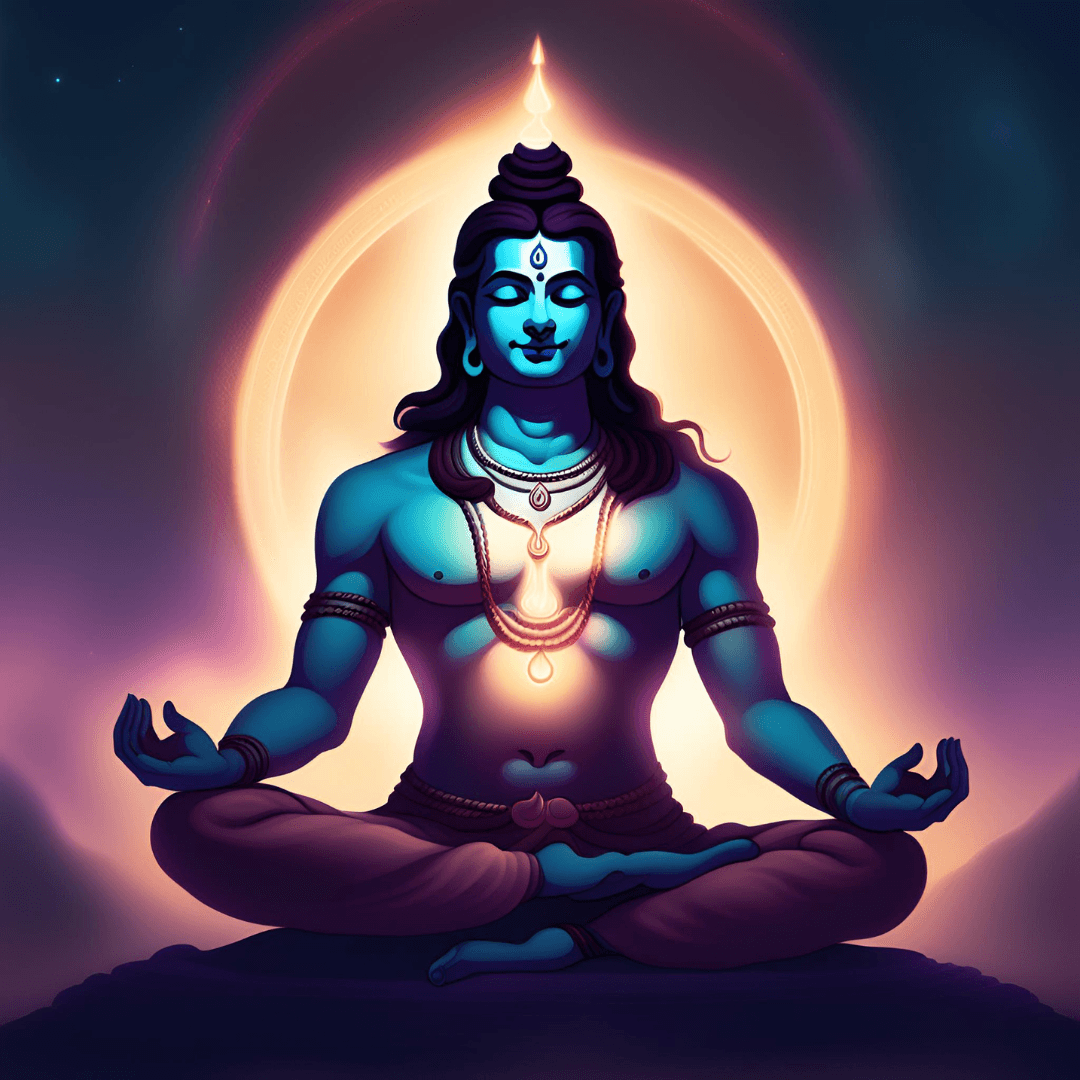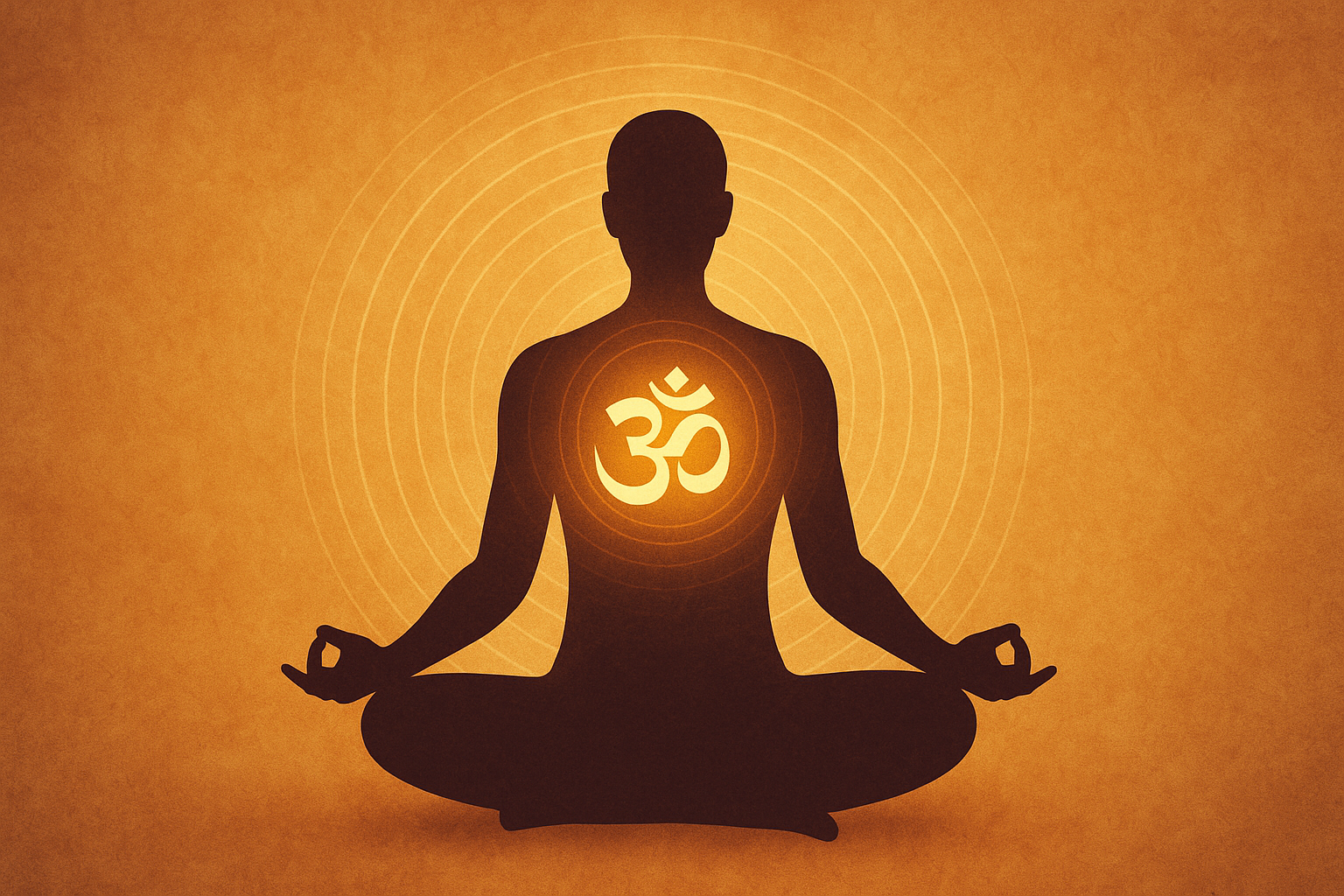Understanding Meaning, Types, and Traditional Classifications
The Sanskrit word मन्त्र (Mantra) is formed from:
- मनस् (manas) – the mind
- त्राण (trana) – to protect or liberate
So, a Mantra is “that which protects or frees the mind.”
Mantras are sacred sound vibrations chanted to calm the mind, elevate consciousness, and awaken inner energy. When repeated with faith (श्रद्धा) and awareness, they influence both the mind and subtle energy system.
Table of Contents
Types of Mantras (According to Purpose)
Bija (Seed) Mantras
These are single-syllable sounds carrying pure spiritual vibration.
Examples:
- ॐ – Om
- ह्रीं – Hrim
- श्रीं – Srim
- क्रीं – Krim
Purpose: Chakra activation, inner energy awakening, mind purification.
Moksha (Liberation) Mantras
Chanted for inner freedom and self-realization.
Examples:
- ॐ नमः शिवाय – Om Namah Sivaya
- सोऽहम् – So’ham (“I am That”)
- ॐ तत् सत् – Om Tat Sat
Purpose: Realization of one’s true spiritual identity.
Siddhi Mantras
A mantra becomes Siddha when it is activated through continuous disciplined practice (japa).
Purpose: Deep spiritual insight, clarity, and inner strength.
Santi & Mangala (Peace & Wellbeing) Mantras
Used for harmony, healing, and peace.
Examples:
- ॐ शान्तिः शान्तिः शान्तिः – Om Santih Santih Santih
- लोकाः समस्ताः सुखिनो भवन्तु – Lokah Samastah Sukhino Bhavantu
Healing & Protection Mantras
Examples:
- Mahamrtyunjaya Mantra
- Hanuman Chalisa
Purpose: Strength, courage, emotional balance.
Classification by Mantra Form & Structure
Nama-Japa (Name Repetition)
Repeating the divine name with love.
Examples:
- राम राम – Rama Rama
- हरे कृष्ण हरे राम – Hare Krsna Hare Rama
Mala Japa
Using a 108-bead mala to count mantra repetitions.
Dharani Mantras
Longer mantras often used in Buddhist traditions for protection and concentration.
Vedic Mantras
Chanted with precise intonation (svara).
Example – Gayatri Mantra:
ॐ भूर् भुवः सुवः ।
तत् सवितुर्वरेण्यं ।
भर्गो देवस्य धीमहि ।
धियो यो नः प्रचोदयात् ॥
Om bhur bhuvah suvah, tat sa vitur varenyam, bhargo devasya dhimahi, dhiyo yo naḥ pracodayat.
Tantric Mantras
Rich in Bija sounds and used for energy transformation.
Example:
ॐ ऐं ह्रीं क्लीं चामुण्डायै विच्चे
Om Aim Hrim Klim Camundayai Vicce
Requires proper guidance.
Classification by Deity Tradition
Sakta Mantras (Devi / Shakti)
- दुं दुर्गायै नमः – Dum Durgayai Namaḥ
- क्रीं कालीकायै नमः – Krim Kalikayai Namah
Saiva Mantras (Lord Shiva)
- ॐ नमः शिवाय – Om Namaḥ Sivaya
Vaisnava Mantras (Vishnu, Krishna, Rama)
- ॐ नमो भगवते वासुदेवाय – Om Namo Bhagavate Vasudevaya
- Hare Krishna Mahamantra
Sampradaya / Panth Based Mantras (Lineage Traditions)
Nath Sampradaya & Navnath Sabar Mantras
These mantras are passed through the Guru and are believed to be living and potent.
Advaita Vedanta (Sankaracharya Lineage)
Mantras given during meditation initiation (Diksa).
Vaisnava Sampradayas
Gaudiya, Vallabh, Ramanuja traditions each maintain distinct mantra lineage.
How to Chant Mantra (Simple Practice Guide)
- Sit comfortably with a straight spine
- Breathe slowly and naturally
- Chant gently (out loud or mentally)
- Use a 108-bead mala if possible
- Practice daily – even 5-10 minutes is beneficial
Frequently Asked Questions (FAQ)
1. What is the easiest mantra for beginners?
For beginners, Nama-Japa (name repetition) is the simplest and most effective.
Examples include:
- राम राम (Rama Rama)
- हरे कृष्ण हरे राम (Hare Krsna Hare Rama)
- ॐ (Om)
These mantras are easy to remember, calming, and can be chanted anywhere.
2. How many times should a mantra be chanted daily?
Traditionally, mantras are chanted 108 times using a mala.
However, beginners may start with:
- 11, 21, or 54 repetitions daily
Consistency is more important than quantity. Even 5 minutes daily creates inner change.
3. Do I need initiation (Diksa) to chant a mantra?
Not always.
- Universal mantras, like ॐ, सोऽहम् (So’ham), and राम नाम, can be chanted without initiation.
- Tantric, deity-specific, or lineage (Sampradaya) mantras often require initiation to be effective and safe.
If unsure, follow the guidance of a knowledgeable and ethical teacher.
4. When is the best time to chant mantras?
The most supportive times are:
- Brahma-muhurta (early morning, around 4–6 AM)
- Sunset
- Before sleep
However, mantra can be chanted anytime when the mind is calm.
5. How should I sit while chanting?
You may sit in:
- Sukhasana (simple cross-leg position)
- Vajrasana
- Or even on a chair with straight spine
The goal is relaxed alertness — not forced rigidity.
6. Can I chant mantras silently?
Yes. Manasika Japa (mental chanting) is considered more powerful than verbal chanting, once the mantra is memorized.
However, beginners may start with audible chanting to develop rhythm and focus.
7. Are mantras connected to religion?
Mantras originate from Sanatana Dharma (Hindu philosophical tradition), but their vibration-based benefits — such as stress relief, emotional balance, and mental clarity — are universal and can be experienced by anyone, regardless of faith.
8. How long does it take for a mantra to work?
Results depend on:
- Consistency
- Sincerity
- Mental focus
- Correct pronunciation
Some people feel calmness instantly; deeper spiritual effects may unfold over weeks or months of steady practice.
Conclusion
Mantras are powerful tools that harmonize the mind and awaken spiritual awareness. Whether one chants a simple name mantra or a structured Vedic mantra, the real transformation comes from:
- Sincerity
- Consistency
- Inner Awareness
Mantra is ultimately a journey from sound to silence — from chanting to experiencing peace within.

